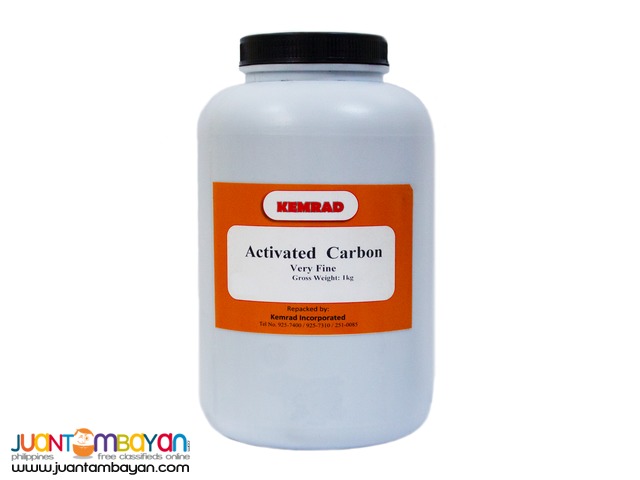
is a carbonaceous, highly porous adsorptive medium that has a complex structure composed primarily of carbon atoms. The networks of pores in activated carbons are channels created within a rigid skeleton of disordered layers of carbon atoms, linked together by chemical bonds, stacked unevenly, creating a highly porous structure of nooks, crannies, cracks and crevices between the carbon layers.
Activated charcoal is a type of powder made by exposing some materials to extremely high temperatures in an airless environment. The resultant charcoal is then activated or treated to form the final product – activated charcoal. It is usually very fine, tasteless and odorless. Some of the materials used to make it include coconut shells and some types of wood. Activated charcoal is, in fact, a special type of carbon, which explains why it is also known as activated carbon.
Advantages of powdered activated carbons are their lower processing costs and their flexibility in operation. The dosage of powdered activated carbon can be easily increased or decreased as process conditions vary. Powdered activated carbons are mainly used for liquid-phase adsorption. They are added to the liquid to be treated, mixed with the liquid and, after adsorption, are removed by sedimentation and filtration.
Powdered activated carbons are generally used in batch process as the amount added can be easily altered and powder can be easily removed. The wet powder cake is not regenerated because of the problems associated with recycling the carbon, but incinerated or placed in landfills.